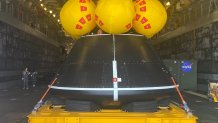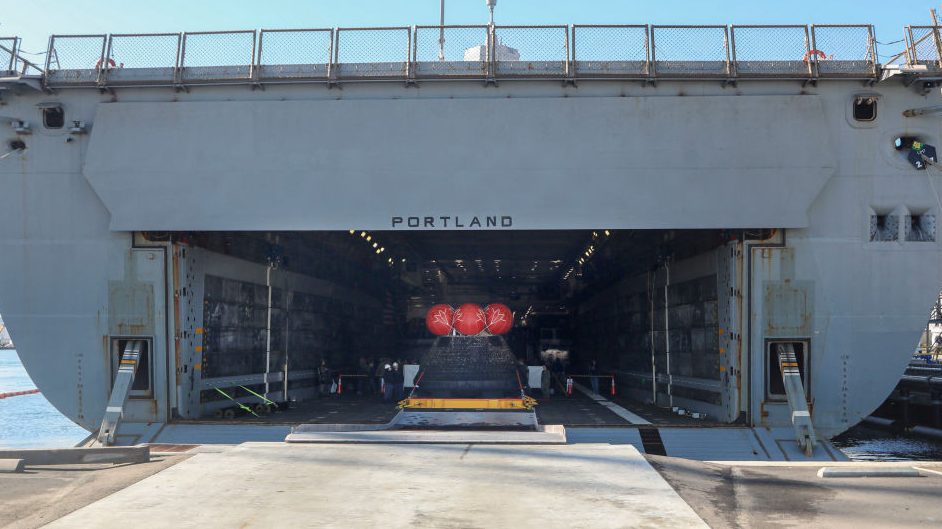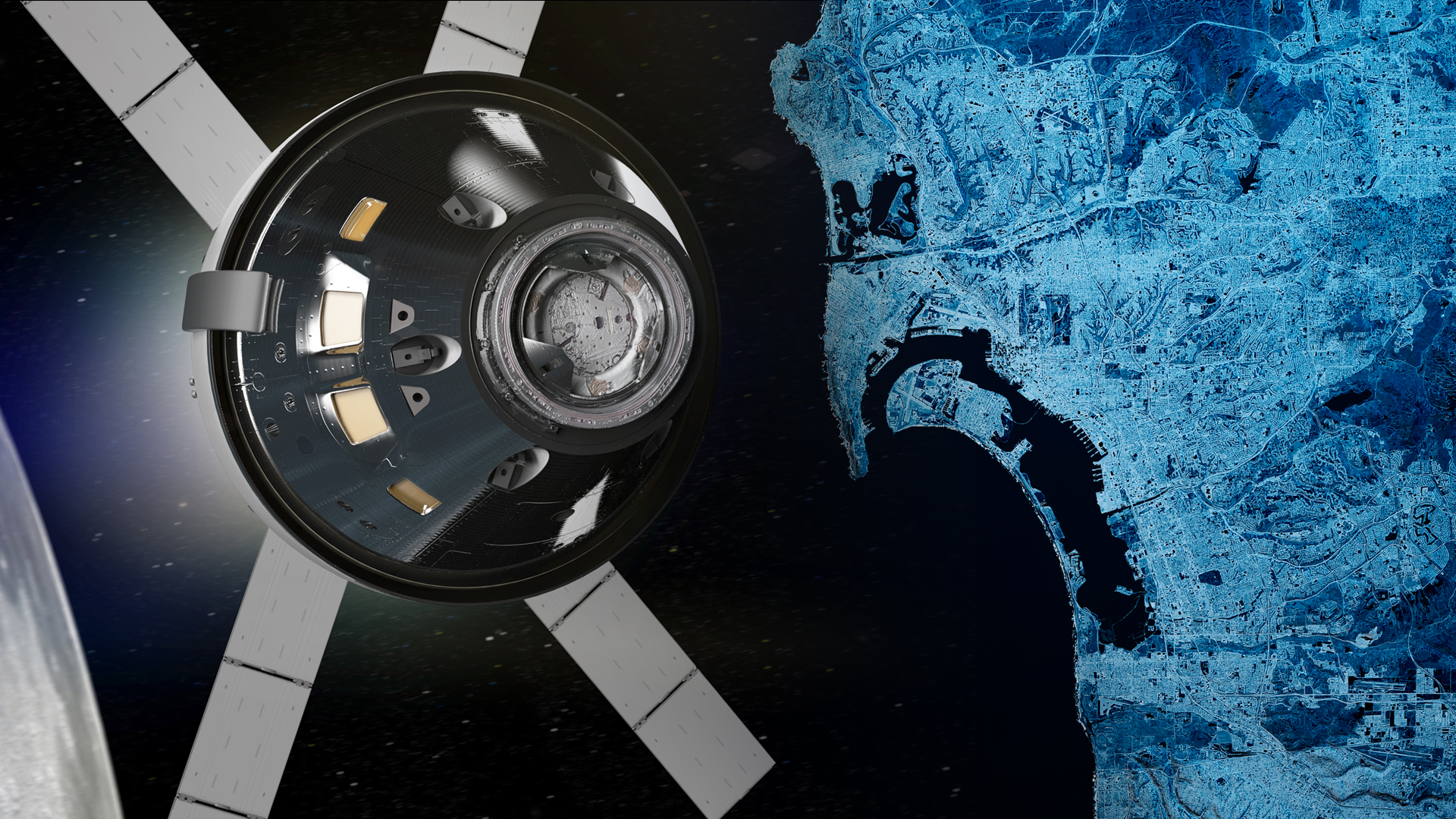San Diego’s coast is serving as a training ground for NASA’s upcoming crewed mission to space. This week, testing and simulation training exercises concluded to prepare crews for the Artemis II mission around the moon.
Aboard USS John P. Murtha at Naval Base San Diego is what’s known as the crew module test article. It’s simulating a small part of what will be a historical space mission during what’s called the Underway Recovery Test 10.
”We are using these tests to make sure we will be just as successful for Artemis II,” Lili Villarreal of NASA Landing And Recovery Director said Wednesday morning at a press conference outside of USS John P. Murtha.
Get San Diego local news, weather forecasts, sports and lifestyle stories to your inbox. Sign up for NBC San Diego newsletters.
This training comes on the heels of Artemis I, a mission that concluded in December off the coast of Baja California.
Tuesday, between NASA and its partnership with the Navy, Air Force, and Department of Defense, the first recovery test of the Artemis II mission successfully wrapped up. About 38 nautical miles off the coast of San Diego, hundreds of crew members and experts across all agencies ran a series of tests with the CMTA, which is also called VADER.
”This is actually the first time we’ve taken it out in the open ocean, and so it did a fabulous job, we’re very proud of it,” Villarreal said.
CAPT Doug Langenberg, the Commanding Officer of USS John P. Murtha, told NBC 7 Nearly 400 crewmembers aboard the ship, as well as a couple hundred experts from NASA, assisted with the training. Overall, he says hundreds are involved. While the four crew members of Artemis II weren’t present for this leg of the operation, sailors and pilots stationed at Naval Air Station North Island volunteered as stand-ins for the astronauts.

“We took the CMTA out of Murtha and we had this mode of boats place it in a location that we picked as a splash down site,” Villarreal said. “During that time, we put the volunteers into the CMTA, closed the hatch, and then we started the sequence of simulating that splashdown recovery.”
Several tests were completed while the ship was out at sea conducting operations. During the exercises, Langenberg said the first priority is retrieving those on board, immediately followed by the recovery of the capsule.
“Deployed and recovered I would say eight to ten times,” Langenberg said. “Then the full mission profiles releasing it and then to free float in the water and recover, approximately four times.”
While the capsule has been moved into a warehouse for maintenance, Villarreal says it will be used by the Artemis II crewmembers come next year during the Underway Recovery Test 11.
“Landing and recovery is a very small part of their entire training and so that’s why we are looking forward to U-R-T-11 to train them,” Villarreal said.
NASA astronauts Reid Wiseman, Victor Glover, Christina Hammock Koch, and CSA (Canadian Space Agency) astronaut Jeremy Hansen will make up the four-crew mission set to depart late next year. It will orbit the moon before landing in the Pacific Ocean in the Orion Spacecraft. It’s a mission that’s part of a much bigger picture.
”This is kind of like our next step to Artemis III where we’re going to land on the moon,” Villarreal said.



